Tort Law: Negligence and Contributory Negligence
VerifiedAdded on 2022/11/24
|5
|871
|423
AI Summary
This document provides an overview of tort law, focusing on negligence and contributory negligence. It explains the principles and defenses involved in these cases, using the case study of Snushall v. Fulsang. The case involves a rear-end collision and the determination of contributory negligence based on the failure to wear a shoulder belt. The document also discusses the burden of proof, the role of the jury, and the range of contributory negligence for not wearing a seat belt.
Contribute Materials
Your contribution can guide someone’s learning journey. Share your
documents today.
1 out of 5
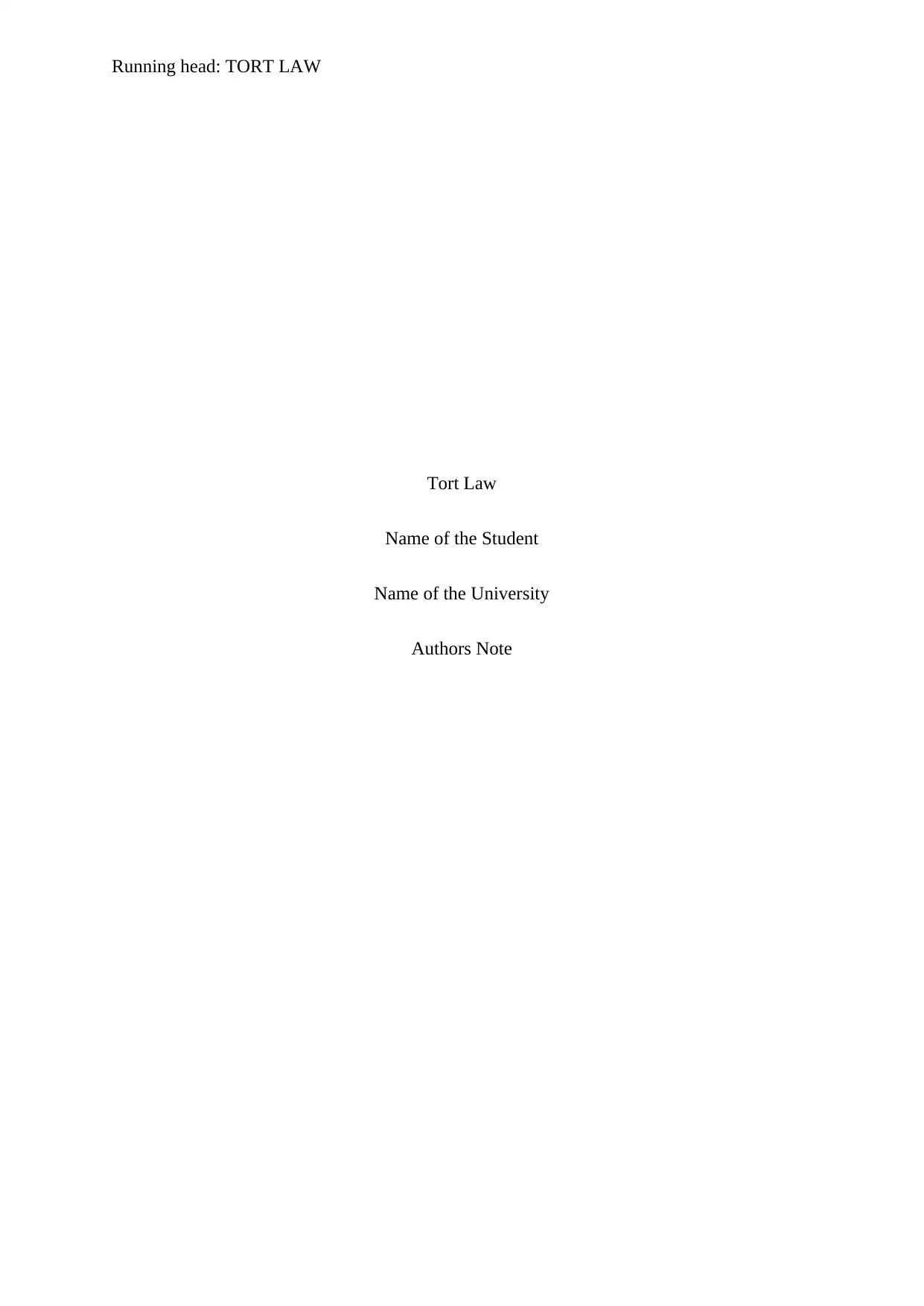
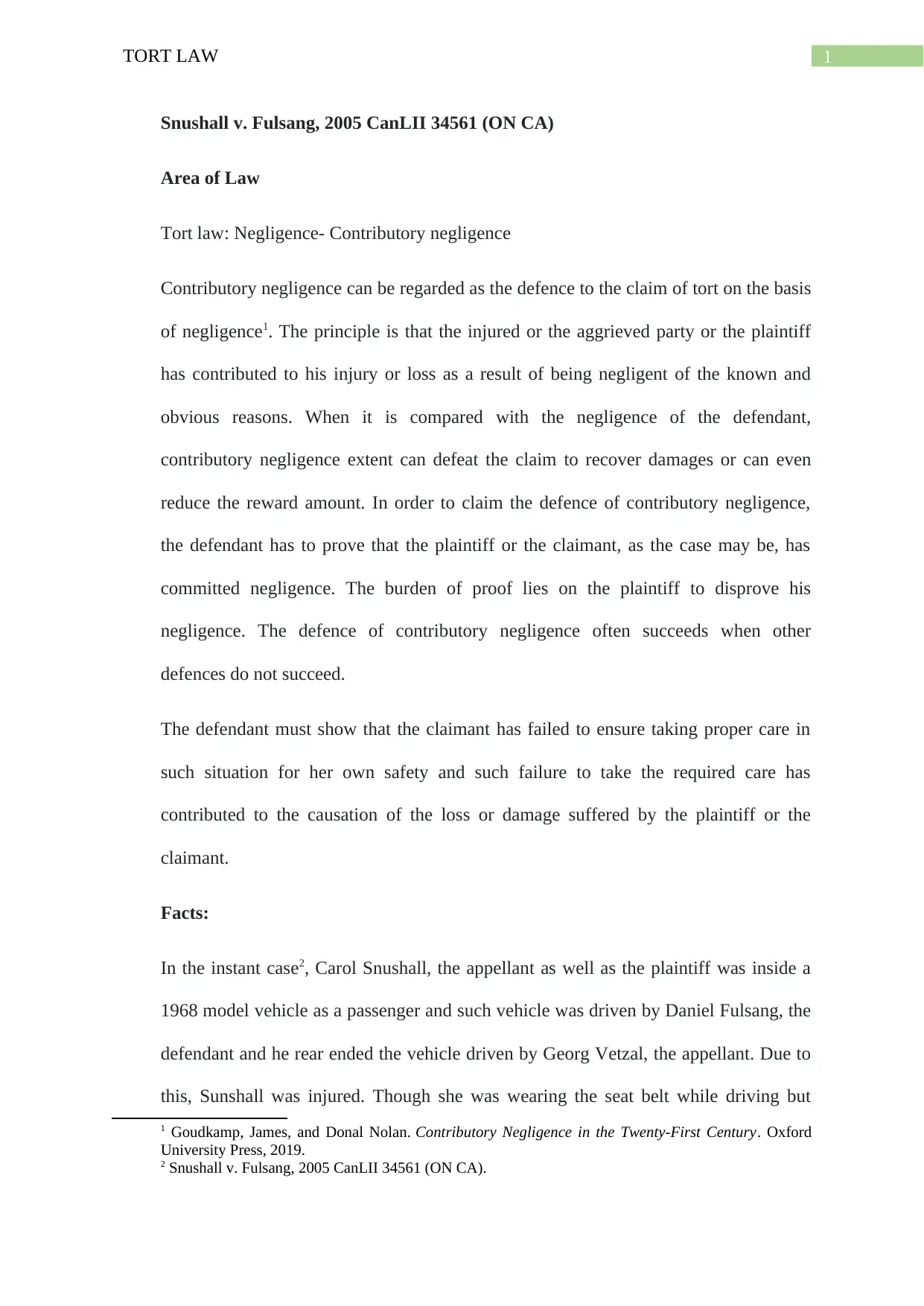
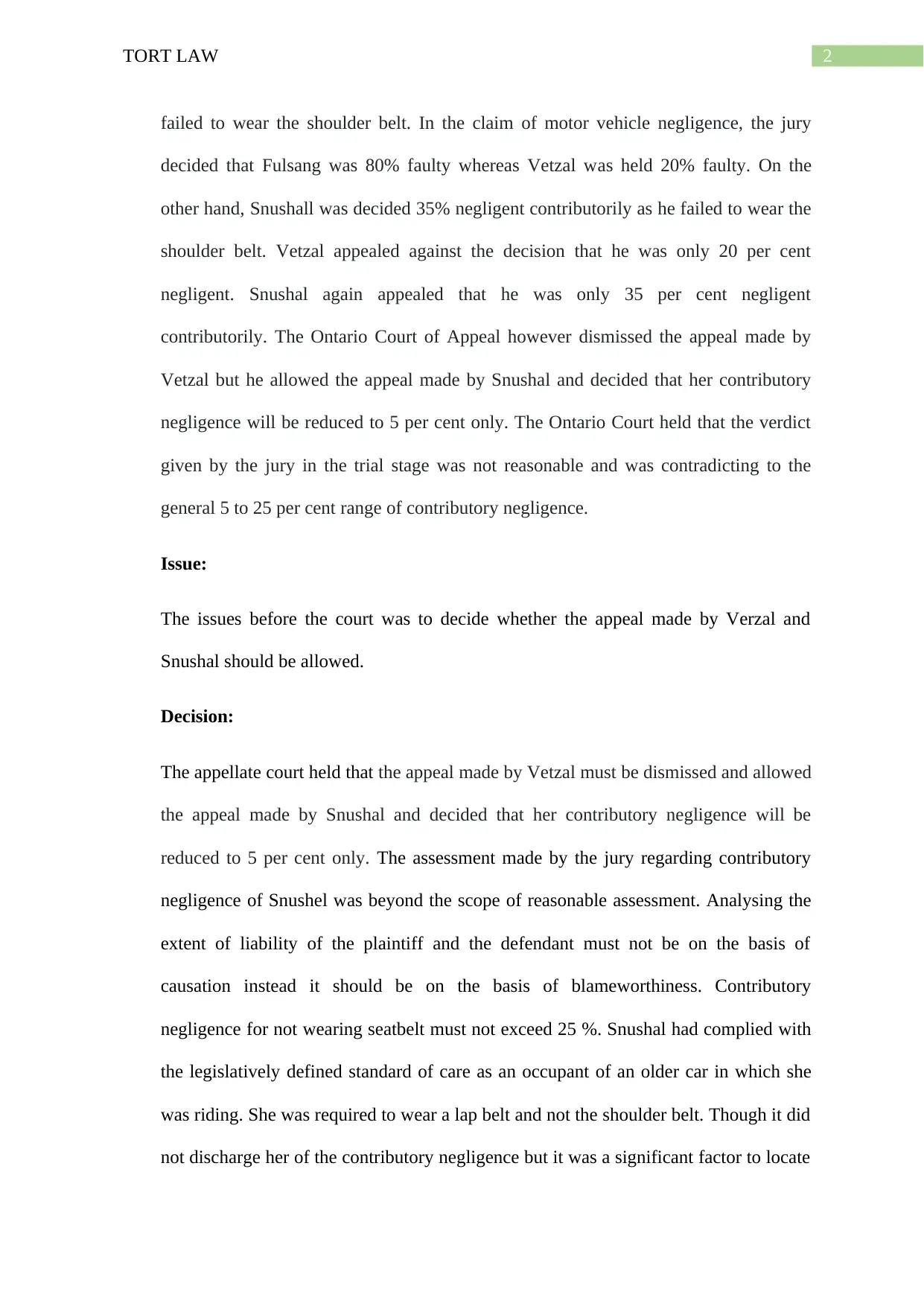
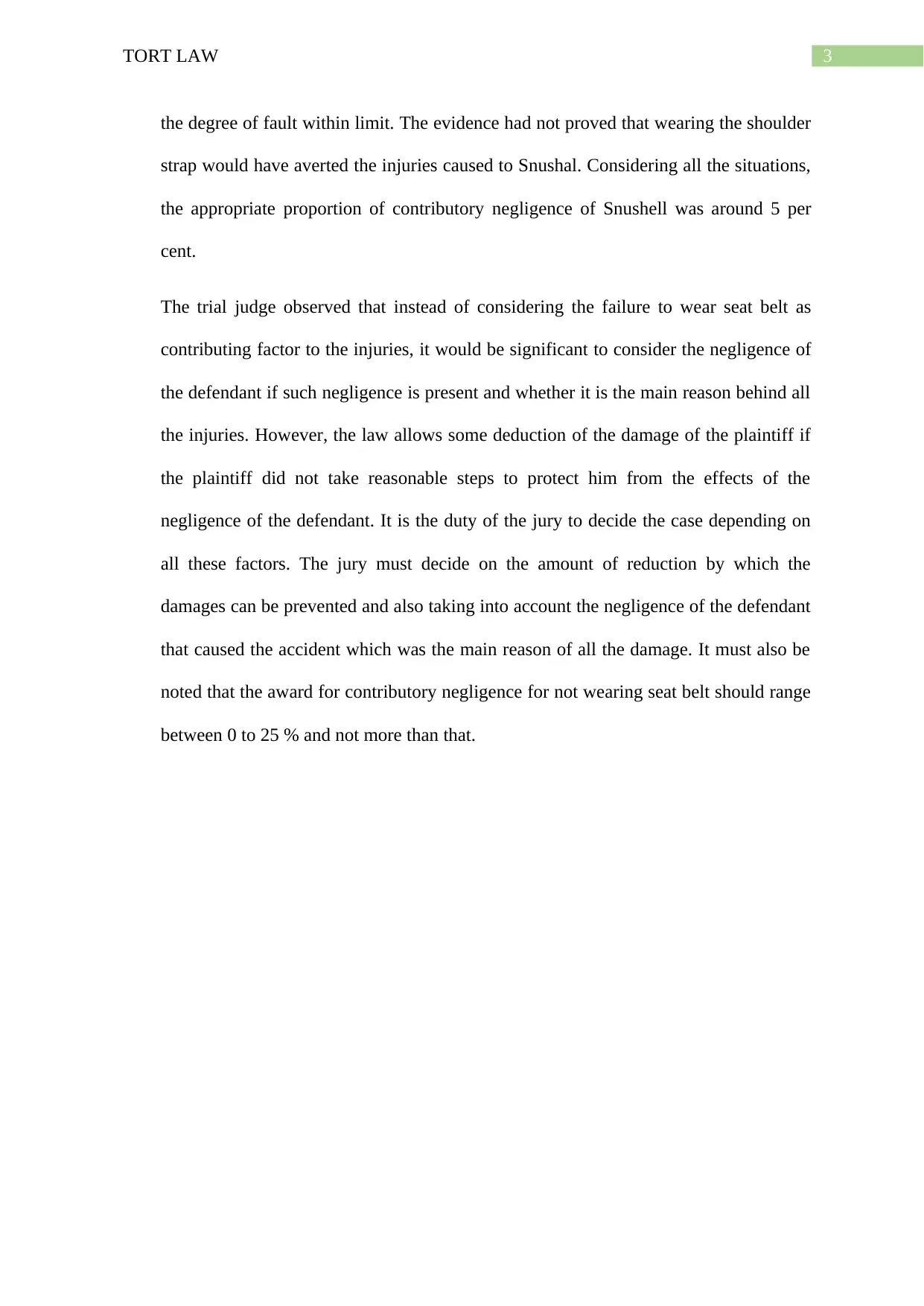
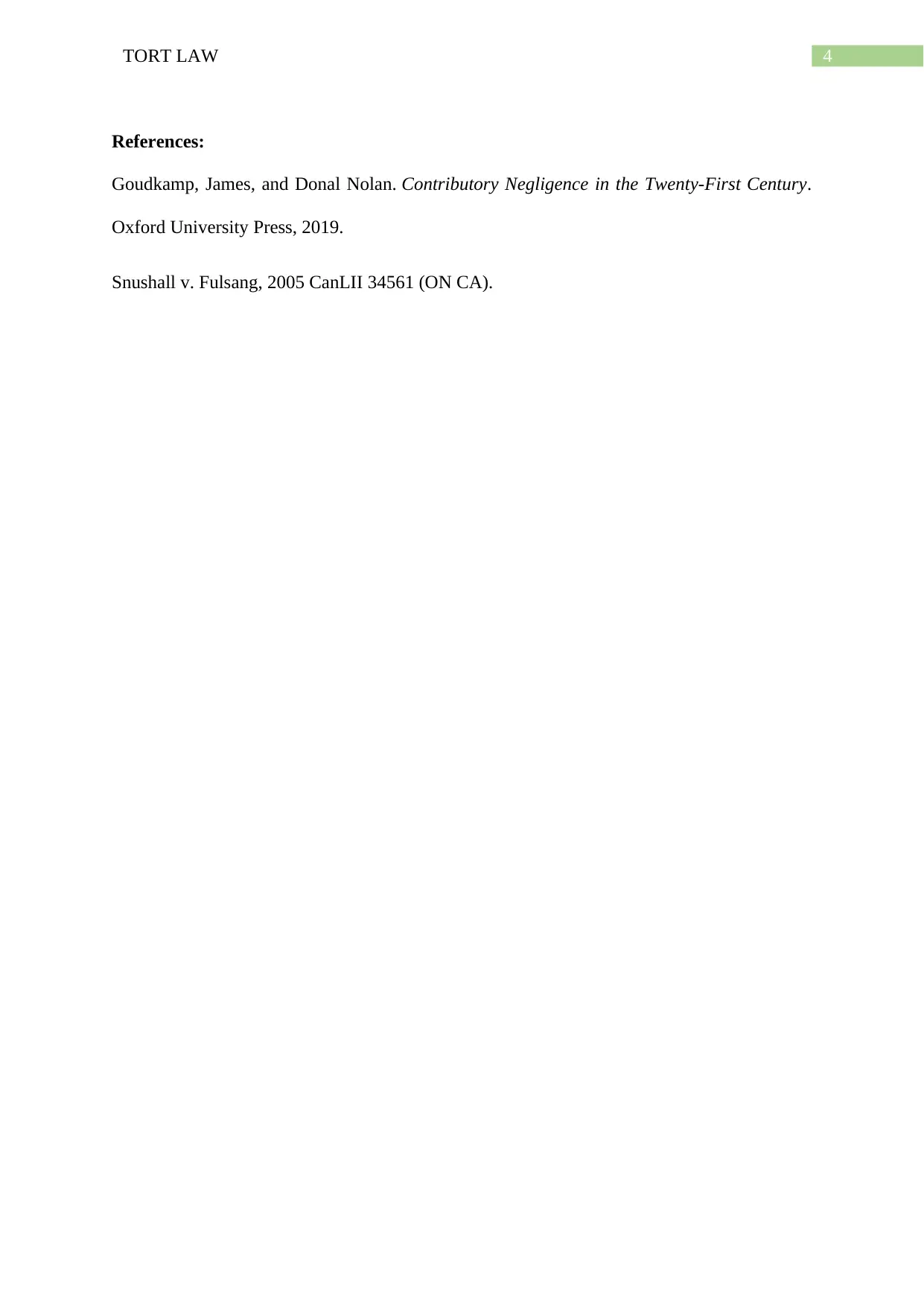






![[object Object]](/_next/static/media/star-bottom.7253800d.svg)